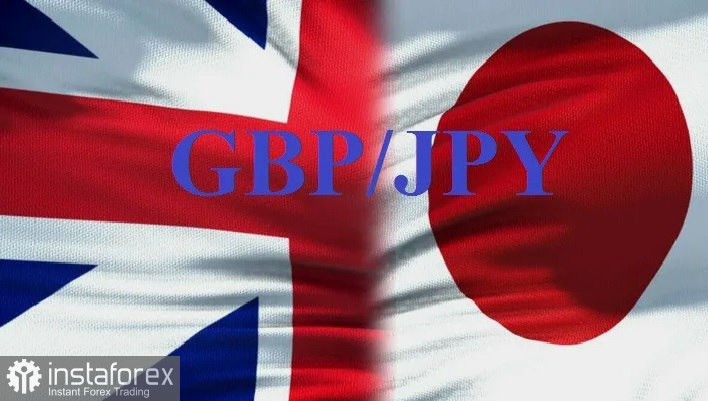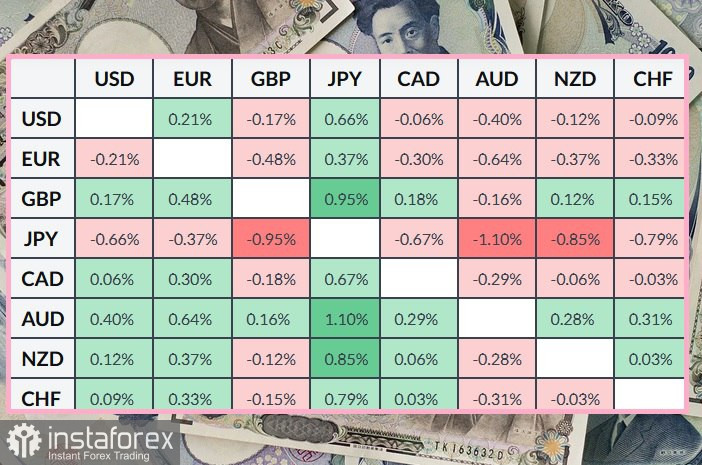
Today, the GBP/JPY pair is retreating from a new yearly high — just above the round 203.00 level, reached earlier on Tuesday. Spot quotes show no signs of bearish pressure and are currently holding slightly above 202.50, down less than 0.10% on the day. The Japanese yen continues to show relative weakness following the unexpected outcome of Japan's leadership elections on Saturday, which brought Sanae Takaichi to power as the country's first female prime minister. Takaichi supports a "dovish" fiscal stance and is therefore expected to oppose further monetary tightening by the Bank of Japan. Alongside the overall bullish sentiment, this undermines the safe-haven yen and provides tailwinds for the GBP/JPY pair.
At the same time, new government data showed that Japanese household spending in August exceeded expectations. This underscores the need for continued Bank of Japan policy tightening and helps contain deeper losses in the Far Eastern currency.
On the other hand, the British pound is under pressure from the moderate strengthening of the U.S. dollar and concerns over the UK's fiscal outlook ahead of the autumn budget in November. This, in turn, weighs on the GBP/JPY pair.
So far, money market participants expect the Bank of England to keep interest rates unchanged through the end of the year, given signs of accelerating inflation and growing economic resilience. Combined with uncertainty about the timing and pace of potential Bank of Japan hikes, this makes it reasonable to wait for a strong sell-off before claiming that GBP/JPY has topped out in the near term.
From a technical standpoint, oscillators on the daily chart remain positive. The Relative Strength Index is close to the overbought zone, pointing to some price consolidation near the yearly high. The nearest resistance for the pair is at the round 203.00 level. Support has been found around the midpoint between round figures. Any pullback toward the 201.50–201.30 level can be viewed as a buying opportunity. Below that, bulls would lose control of the situation.
The table below shows the percentage change of the Japanese yen against major currencies this week. The yen demonstrated the most strength against the euro.

 English
English 
 Русский
Русский Bahasa Indonesia
Bahasa Indonesia Bahasa Malay
Bahasa Malay ไทย
ไทย Español
Español Deutsch
Deutsch Български
Български Français
Français Tiếng Việt
Tiếng Việt 中文
中文 বাংলা
বাংলা हिन्दी
हिन्दी Čeština
Čeština Українська
Українська Română
Română

